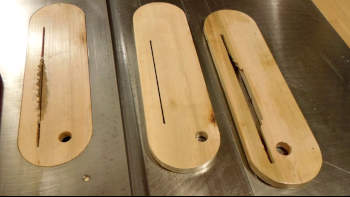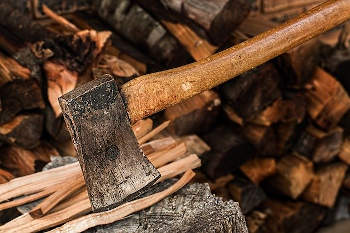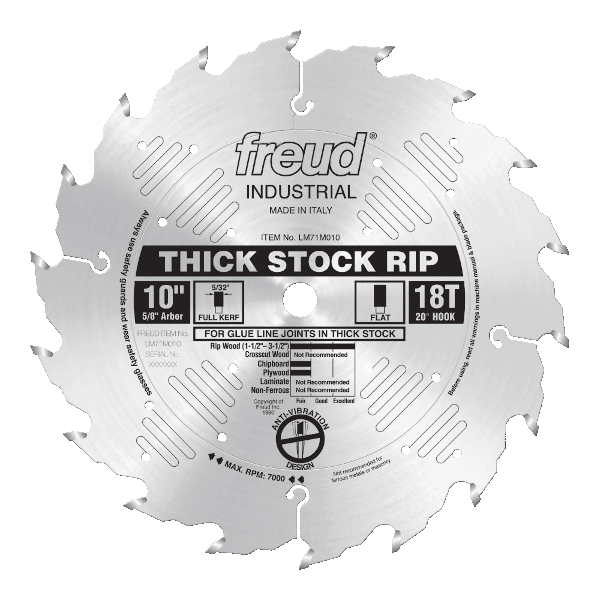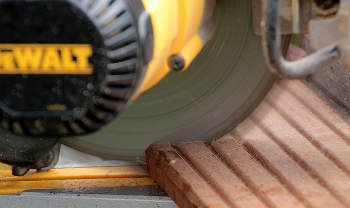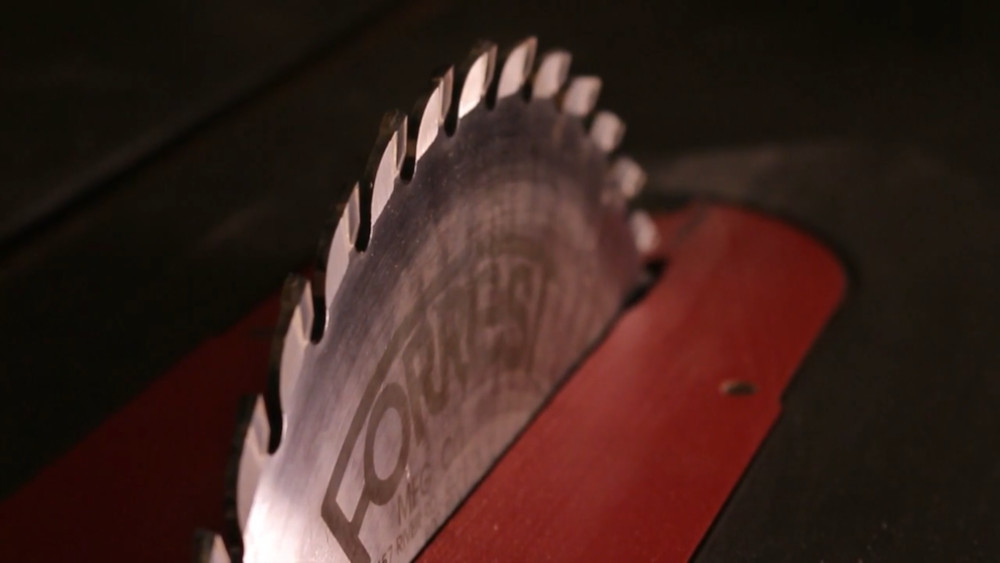
A table saw is one of the essential tools in a workshop. Table saws are versatile cutting machines, ranging from small, light and portable tabletop saws, to large, kitchen table sized, quarter-ton behemoths. They’re capable of ripping 4-foot by 8-foot sheets of plywood, with a single, long and precise cut, or cutting tiny slivers of wood smaller than the thickness of a pencil all to the same identical size.
If you’re planning on upgrading your table saw, or starting to build out a new workshop, you will find the information you need to make your decision here.
The 4 Categories of Table Saws
There are 4 main categories of table saws: Jobsite, Contractor, Hybrid and Cabinet. Each one has benefits and drawbacks, but they all try to find a balance that works for their particular woodworking niche. Portability, table stability, cut accuracy, and motor power all work against each other, so each category of table saw uses a different balance of these factors.

